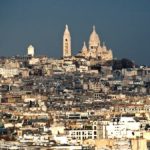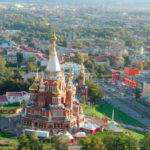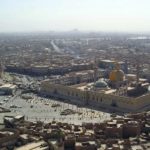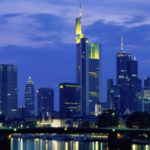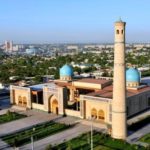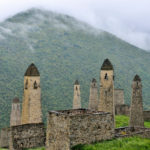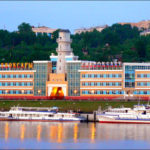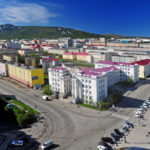Interesting facts about Cairo
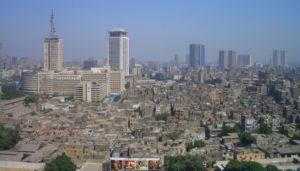 Cairo is a crazy city. Crowds of people rush along its ancient streets at any time of the day, cars and motorcycles are jostling, street vendors are shouting over each other … This is the charm of the densely populated capital of Egypt – in its unique turmoil.
Cairo is a crazy city. Crowds of people rush along its ancient streets at any time of the day, cars and motorcycles are jostling, street vendors are shouting over each other … This is the charm of the densely populated capital of Egypt – in its unique turmoil.
Cairo with a population of over 8 million people is the largest of the Middle Eastern cities.
The Egyptians often call their capital Masr, that is, they do not distinguish between a city and a country as a whole. Interestingly, in Russia, from the 15th to the 17th century, Cairo was often called Egypt, mixing together the country and its capital.
The western part of Cairo was built on the Parisian model – spacious boulevards and quiet parks dominate here. The eastern part of the city, on the contrary, is a maze of narrow streets, haphazardly erected ancient buildings and hundreds of mosques.
Cairo is one of the driest megacities on Earth, for the year only 24 mm of precipitation falls here.
The famous pyramids of Egypt rise on the outskirts of one of the suburbs of Cairo, Giza. Now the city has grown so much that one of the residential buildings is only 200 meters from the Sphinx.
Planes heading to Cairo airport are landing right above the pyramids, so you can even admire this wonder of the world from the porthole.
For all of Cairo and its huge agglomeration, where about 18 million people live, there are only 9 traffic lights. At the same time, local drivers ignore even this timid attempt to normalize traffic.
On the outskirts of Cairo is a quarter, which is called the City of garbage collectors – the Copts inhabiting it are engaged in collecting and sorting waste, earning a lot of money with this craft. Piles of garbage in this part of the capital are everywhere, even on the roofs of houses. In the upper part of the quarter, under the arch of the cave is a luxurious temple complex that can accommodate up to 20 thousand parishioners.
Although the name of the city comes from the Arabic language (“Al-Qahira” – “Victorious”), Coptic etymology is also widespread, where “Kahira” is translated as “Land of the Sun”.
The first fortress on the site of modern Cairo in the 2nd century AD was erected by the Romans. The settlement was called Babylon Egyptian.
The Cairo Museum is the world’s largest repository.
